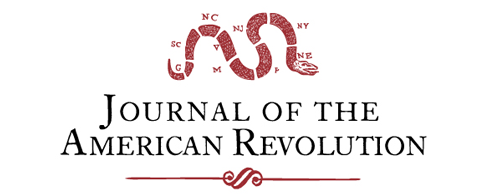Supplying the Means: The Role of Robert Morris in the Yorktown Campaign
Many descriptions of Gen. George Washington’s crucial decision on August 14, 1781, to turn from an attack on the British in New York to a similar attack in Virginia jump directly from his receipt of Adm. Francois Joseph Paul, Comte de Grasse’s July 28 letter describing his intent to take his fleet to Chesapeake Bay […]
